#artist is angelica kauffmann
Text
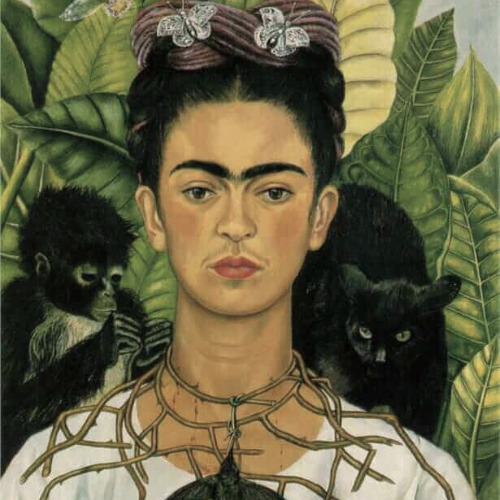
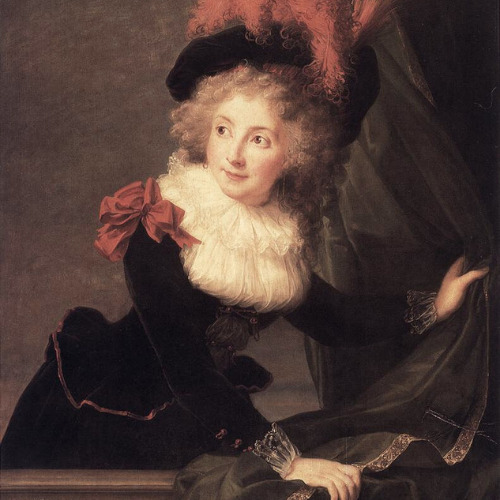


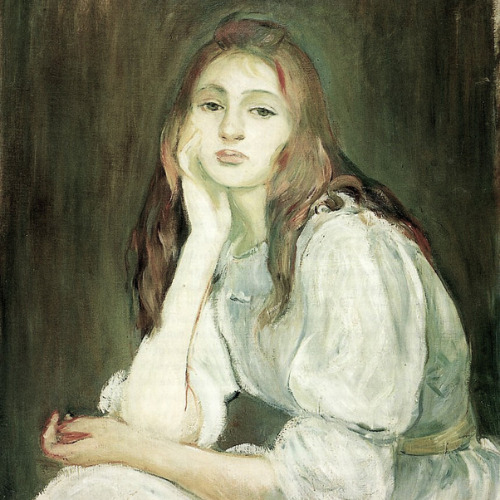
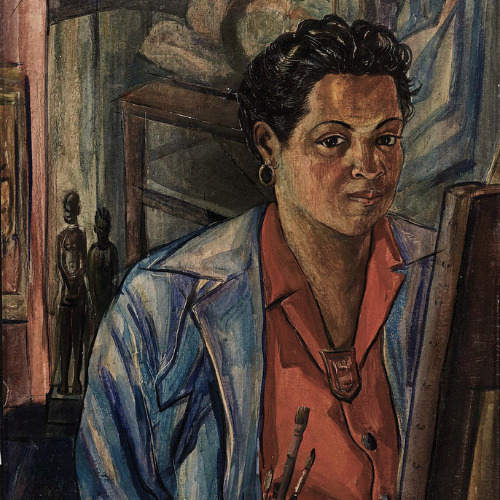
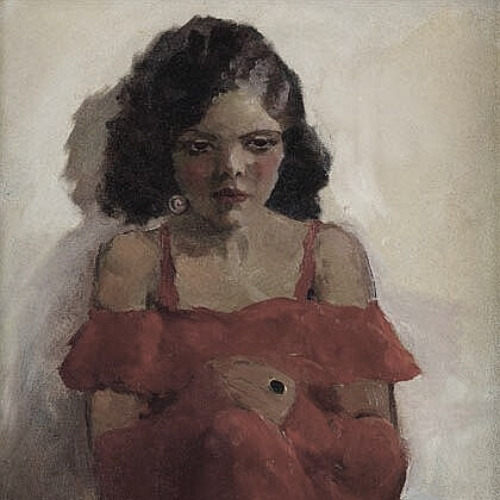
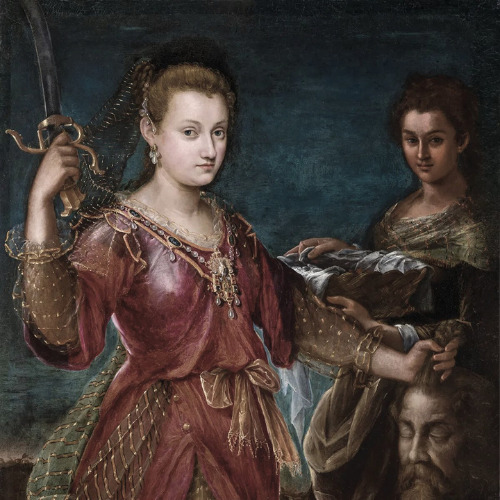



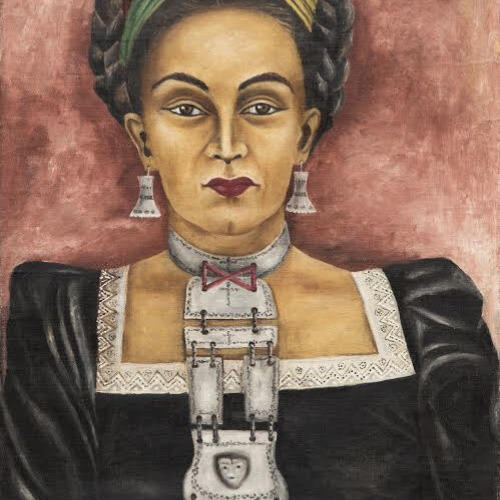

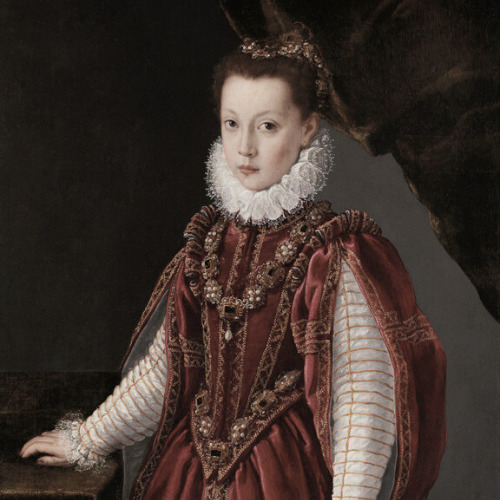








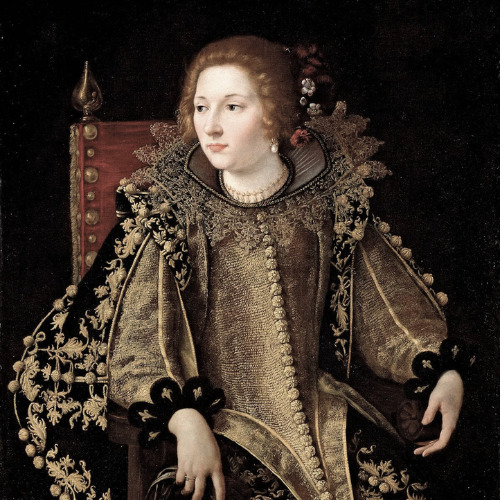





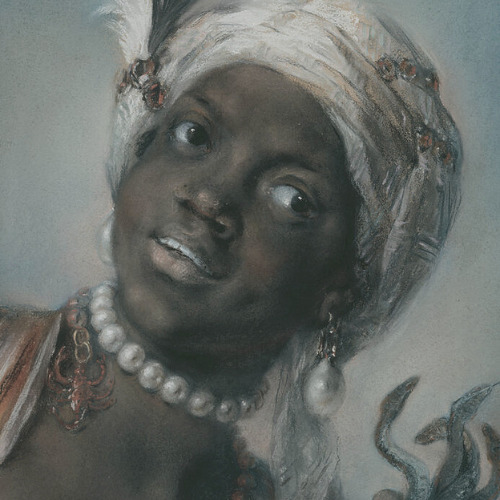

women by female artists
#artist is frida kahlo#artist is elisabeth louise vifee le brun#artist is maru cassatt#artist is angelica kauffmann#artist is berthe morisot#artist is lois mailou jones#artist is laura wheeler waring#artist is lavinia fontana#artist is lynette yiadom boakye#artist is safeya binzagr#artist is hayv kahraman#artist is maria izquierdo#artist is aliza nisebaum#artist is sofonisba anguissola#artist is angel de cora#artist is chen ke#artist is catheraine van hemessen#artist is fu daokun#artist is lubaina himid#artist is guan dao gao#artist is pitaloosie saila and#artist is rocio navarro#artist is artemisia gentileschi#artist is judith leyster#artist is guan zilan#artist is gwendolyn bennett#artist is natalia goncharova#artist is angelina beloff#artist is rosalba carriera#artist is thalia flora-karavia
184 notes
·
View notes
Text

Angelica Kauffmann (Swiss, 1741–1807) • Portrait of a Woman as a Vestal Virgin • 1781-82
#art#painting#fine art#art history#angelica kauffmann#woman artist#neo classical painting#swiss artist#woman painter#portrait#female portrait#18th century european art#oil painting#3/4 length portrait#roman mythology#roman goddess#vestal virgin#la robe blanche art blog#women in white
169 notes
·
View notes
Text

Self-portrait, between 1770 and 1775
Angelica Kauffmann
#Angelica Kauffmann#art#painting#fashion#art history#portrait#self portrait#oil on canvas#1770s#female painter#female artists#swiss art#neo classicism
163 notes
·
View notes
Text

Angelica Kauffmann (Swiss, 1741-1807): Self-portrait of the Artist hesitating between the Arts of Music and Painting (via National Trust Collections)
#Angelica Kauffmann#women artists#women painters#art#painting#allegorical painting#self portrait#meta art#eighteenth century
204 notes
·
View notes
Text

The Artist in the Character of Design Listening to the Inspiration of Poetry, Angelica Kauffmann, 1782
#art#art history#Angelica Kauffmann#female artists#portrait#portrait painting#self-portrait#allegory#allegorical art#Neoclassicism#Neoclassical art#Swiss art#18th century art#oil on canvas#tondo#Kenwood House
274 notes
·
View notes
Text

Angelica Kauffmann (Swiss, 1741–1807) • Colouring • 1778-80 • Royal Academy of Arts
#art#painting#fine art#art history#angelica kauffmann#woman painter#woman artist#swiss artist#neoclassicism#oil painting#women in paintings#allegorical painting#pagan sphinx art blog#art blogs on tumblr#art lovers on tumblr
22 notes
·
View notes
Text
A pair of good doggos for #TwoForTuesday:
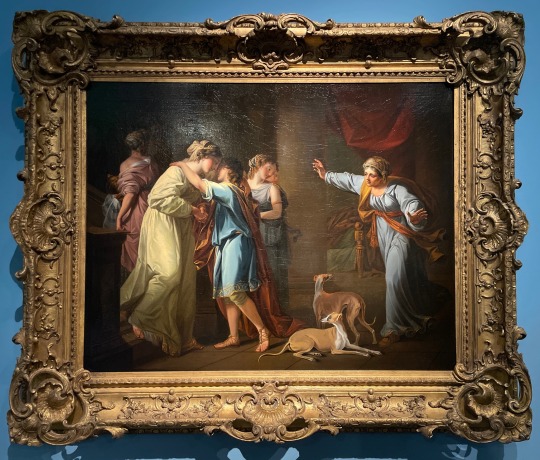

Angelica Kauffmann (Swiss, 1741-1807)
Telemachus Returning to Penelope, c. 1771
Oil on canvas
On display at “Making Her Mark: A History of Women Artists in Europe, 1400-1800” exhibition at Baltimore Museum of Art
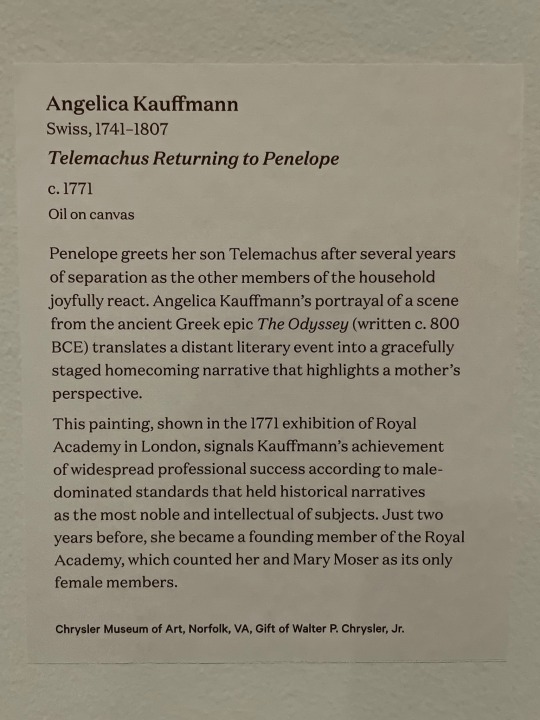
“Penelope greets her son Telemachus after several years of separation as the other members of the household joyfully react. Angelica Kauffmann's portrayal of a scene from the ancient Greek epic The Odyssey (written c. 800 BCE) translates a distant literary event into a gracefully staged homecoming narrative that highlights a mother's perspective.
This painting, shown in the 1771 exhibition of Royal Academy in London, signals Kauffmann's achievement of widespread professional success according to male-dominated standards that held historical narratives as the most noble and intellectual of subjects. Just two years before, she became a founding member of the Royal Academy, which counted her and Mary Moser as its only female members.”
#animals in art#european art#museum visit#Angelica Kauffmann#Swiss art#painting#oil painting#Greek mythology#The Odyssey#women artists#18th century art#exhibition#baltimore museum of art#dog#dogs#dogs in art#greyhound#greyhounds
18 notes
·
View notes
Photo

Angelica Kauffman Zeuxis Selecting Models for His Painting of Helen of Troy 1778
29 notes
·
View notes
Text

Angelica Kauffmann, Autoportrait
Angelica Kauffmann fut une peintre renommée au XVIIIe siècle. D’origine suisse, elle partagea sa carrière entre l’Italie et l’Angleterre, fut membre de l’Académie Royale de Londres et son atelier en Italie fut un passage obligé pour les esthètes de son temps.
Dans cet autoportrait, elle se représente copiant un antique, ce qui souligne en creux l’impossibilité pour les femmes de son temps de travailler d’après le modèle vivant.
#beaux-arts#painting#female artists#féminisme#modèle vivant#arts plastiques#anatomie#Angelica Kauffmann
0 notes
Text
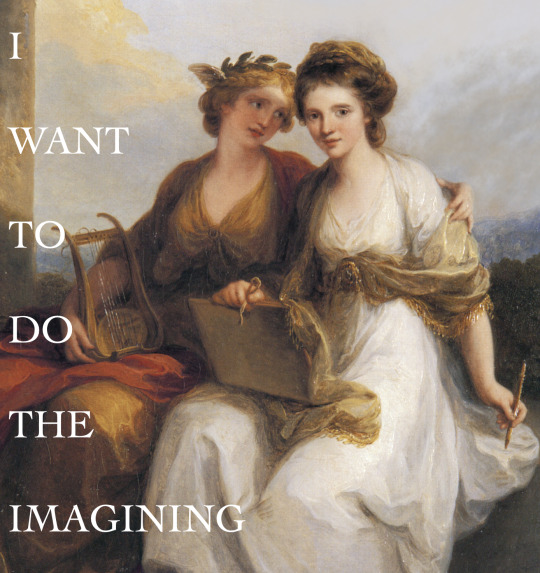
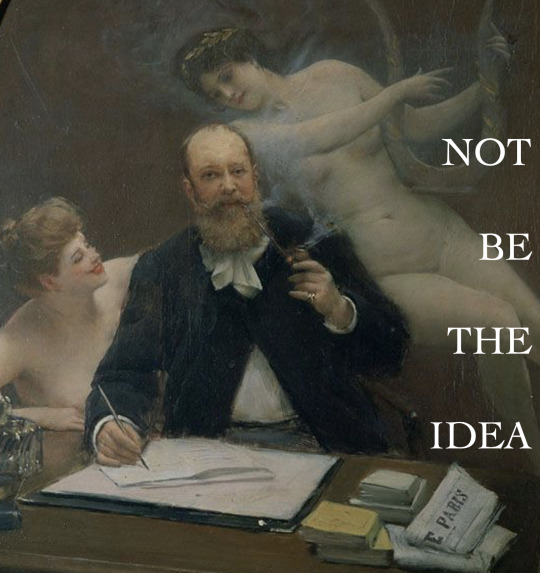
The Artist in the Character of Design Listening to the Inspiration of Poetry – Angelica Kauffmann // Portrait of the Poet Armand Sylvestre – Jean Béraud // Barbie (2023) – Directed by Greta Gerwig
#alright y'all this is the last one of these and also my favorite 🥰#i hope you enjoy it! ☺️☺️#angelica kauffmann#barbie movie#barbie#the barbie movie#barbie 2023#barbie movie 2023#art#art history
132 notes
·
View notes
Text
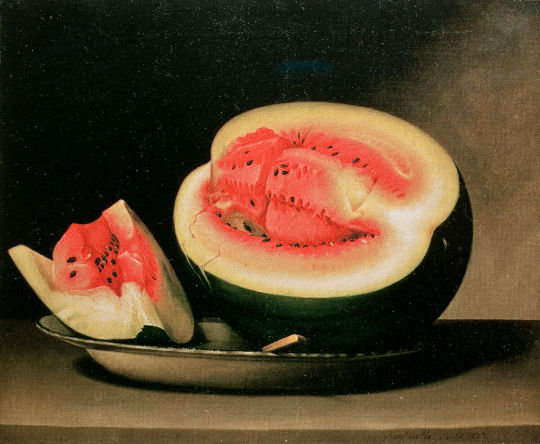
In honor of National Watermelon Day!
Interesting facts about the artist who painted this still life painting. Raphaelle Peale (1774 – 1825) was an American painter who had siblings named after prominent artists and scientists. Their names include Rembrandt, Rubens, Titian, Angelica Kauffmann, Linnaeus, and Franklin. Their father was an artist, Charles Willson Peale.
Raphaelle Peale is considered the first professional American painter of still life.
Still life with watermelon
Peale, Raphaelle, 1774-1825, American [artist]
Oil on canvas
1822
Repository: Museum of Fine Arts, Springfield, Massachusetts, United States
HOLLIS number: olvwork430753
This image is part of FAL’s Digital Images and Slides Collection (DISC), a collection of images digitized from secondary sources for use in teaching and learning. FAL does not own the original artworks represented in this collection, but you can find more information at HOLLIS Images.
#NationalWatermelonDay#StillLife#Painting#Watermelon#StillLifePainting#RaphaellePeale#HarvardFineArtsLibrary#FineArtsLibrary#Harvard#HarvardLibrary#DigitalImages
120 notes
·
View notes
Text
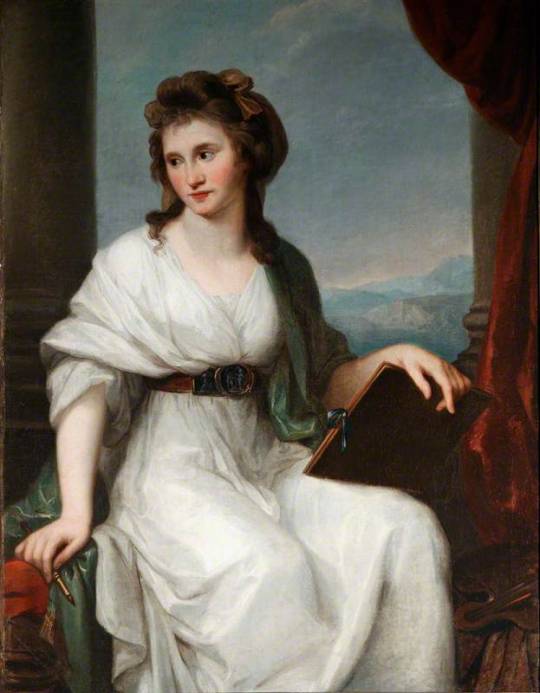
Angelica Kauffmann (Swiss,1741–1807) • Self-portrait as the Muse of Painting • 1787 • Galleria degli Uffizi, Florence, Italy
#angelica kauffmann#women in white#art#la robe blanche#painting#white dress#self portrait#swiss artist#woman painter#woman artist#18th century art#neoclassicism#rococo#uffizi gallery
8 notes
·
View notes
Text
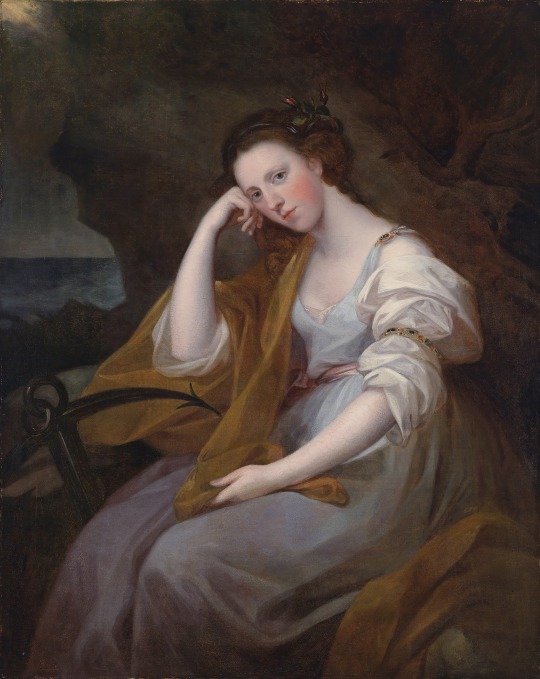
Portrait of Lady Louisa Leveson Gower as Spes (Goddess of Hope), 1767
Angelica Kauffmann
#Angelica Kauffmann#swiss art#neo classicism#female painter#female artists#1700s#18th century#art#painting#art history#fashion#portrait#fashion history#1760s
171 notes
·
View notes
Text

Angelica Kauffmann (Swiss, 1741-1807): Virgil Writing his Epitaph at Brundisi (1785) (via Carnegie Museum of Art)
#Angelica Kauffmann#women artists#women painters#art#painting#historical painting#eighteenth century#swiss painters
69 notes
·
View notes
Note
ana can you explain the liberal wars in simple terms? i visited algarve recently and the tour guide (like yours where it's mostly related to history) talked about the war between the brothers and a guy named remexido(?)
Just yesterday I told my boyfriend to please ask his coworker who graduated in history for a book on the civil war because thats the one thing I'm not good at lmao I didn't even know who Remexido was but apparently he was a guerrilla fighter from the Algarve which yay but fought on the side of Miguelistas which nay
The liberal wars was between Pedro IV of Portugal, better known as Pedro I fo Brazil, who was its first Emperor after declaring its independence, then to quote a brazilian client I had once, homeboy was a better king for the portuguese than he was an emperor for the brazilian... He basically stepped down and answered the plea from Portugal to come back here and kick his brother off the throne.
Now, his brother is Miguel I, the absolutist
Important background is that Portugal was an absolutist country thruoghout the 18th century, which means the king held absolute power. Think Louis the XIV level. Not only does the king have last say about everything government related, he works hand in hand with the church, who is below him (except the Inquisition) and he is celebrated as Godsend's. He is the centre of the universe. Its a time of extravagance, of theatricality, of excess, and the people, as you might imagine, are dirt poor.
This is essentially a kicker into the French Revolution, as you might imagine.
But with portugal, there's the Napoleon problem. Napoleon sends out General Junot to invade Portugal after successfully capturing spain, and on 1808 Junot arrives.
The Portuguese monarchy realised we did not have the arms to face off this guy, and the english, with whom we'd signed a treaty in 1387 and had always upheld it, said they were too busy fighting the french elsewhere... we needed to sort ourselves out. It was obvious by now that an invasion would be unstoppable. We did not have the navy nor the weapons to fight it off. So, the king, John VI, who by now is king because his mother, Maria I, went insane, decided to deceive Napoleon. He uprooted the government and took everyone to BRazil. He established court there and changed the name of his kingdom slightly to the kingdom of Portugal and brazil, it was something like that And then he made the capital city Rio de Janeiro. All in all he took with him about 100.000 people, nobility and court members as well as government. When Junot arrived, he was greeted by a Regency Government that basically said "step right in"
It was a way to show Junot that there was no government to overthrow and that he and his troops had been formally invited. Junot lived here until Napoleon told him to go pound sand somewhere else, and in the time he did, he fucked everyone's wife, lived in complete excess, and angered virtually everyone.
So, two more "invasions" happen, and by the third that's when Wellington and his beef come along to (this time, successfully) fend off the french.
And then, what happened was that this single event changed the country forever.
You'd be surprised to find how many in portuguese society were for Napoleon. Overall in Europe Napoleon was seen as the dude who was going to change the modern world, and it was actually accepted that he was undefeatable. When looking at the case of Portugal and Spain, most countries just went "submit bro there's no turning around". So it was a bit of a surprise that in the end backwards catholic portugal and the english won.
For example, the painter Vieira Portuense, arguably the most celebrated artists of portuguese neo-classicism and someone who met and hung out with Angelica Kauffmann, was so in favour of Napoleon not only was he arrested for it, he had to leave the country to escape persecution. There are paintings of him that originally had Napoleon's eagle hidden in it, but he had to repaint it to not offend anyone.
Basically, Napoleon offered a liberal alternative to the absolutist nightmare that was our country. Napoleon was the opposite of what Portugal was: a country ruled by a royal family who relished in absolute excess and also ruled by the church, and a country where the church held not just a monopoly on riches but controlled the country, so much so that the inquisition was still here despite the Marquis of Pombal's efforts to reduce its power. And a country that was mostly rural, ignorant, illiterate and extremely, painfully catholic. Liberals saw in Napoleon the chance to grow past this, embrace enlightenment, to evolve past catholic fervor.
These ideals, even long after Napoleon's death, will remain. Napoleon will influence the country enough that it will infect it with new liberal ideas and change the 19th century forever.
The absolutist monarchy stood against everything Napoleon defendedm because if those things were abolished, they would go to shit.
So when the french are kicked out, the english stay. General Beresford basically becomes a de facto king in the king's absence, because John VI turns out enjoyed the brazilian weather a lot more.
Now excuse me cause this is the part I'm not too familiar with. I was actually looking at a series of books by Laurentino Gomes on the topic. he's a brazilian historian who wrote about the portuguese court in brazil and slavery, so here's a tip for those like me who want to know where to start. What I'm not very familiar with is the court in brazil.
Basically, at a certain point, the king is forced to come back and get rid of General Beresford. The anti-british sentiment in the country that prevailed through the 19th century starts here, with Beresford benefitting a lot of his countrymen and repressing anyone who stands against him. THe book Felizmente Há Luar, which we had to study in school and is about the failed revolt by Gomes Freire, is about this exact fact.
There's a character here I haven't mentioned. Carlota Joaquina, wife of John VI, and arguably the vilest woman to have ever lived in this country. By "vile" I mean, spotting a hot guy on the way, finding out who he is, and having his wife killed so she can fuck him. It's downright insane. And Carlota Joaquina was the great manipulator behind her son, Miguel I.
WHile the royal family comes back to portugal, Pedro IV stays in Brazil. What led to the Ipirange scream is another thing I'm not familiar wiht but the presence of the royal family in Brazil reinforced the wish for independence. Maybe a brazillian follower can chime in and explain this a lot better (I'd actually REALLY appreciate that!!)
Pedro IV ends up declaring Brazil an Empire, this becoming Pedro I. I think it's shortly after that John VI, the man who hid chicken legs in his coat pockets out of fear of being poisoned, died by poison. Thus, his son Miguel gets to the throne
Now Liberal sentiment since Napoleon had grown considerably, and by now, Miguel is not happy, so he conducts a "purge". He leads a very repressive regime against Liberals, which lead them to contact Pedro in Brazil and ask him to come here and get rid of his brother.
I seriously don't know what leads to Pedro stepping down and his daughter Maria ascending to the throne (again, if another brazilian wants to either fact check me or teach me, I'm more than happy to hear), but Pedro comes to Portugal precisely to fight a war against his brother.
And that's the civil war.
Listen, in the middle of all of this, the root cause of the fight, is the Constitutional Charter. The Constitutional Charter had been approved in 1821, but barely upheld. I believe Miguel's mistake was to refuse the Constitutional Charter, as it was against absolutist ideals. Think of the constitutional charter as something like the 19th century Magna Carta, what limited a king's ability to jsut rule over everything and delegate the government to a parliament.
Another point of contention was the church. By now, the Inquistion is finally abolished (1820) but the church still holds IMMENSE power over the country. Liberals want something VERY CLOSE to a secular state. They want the people to have access to education outside of the church, and they want the extinction of monastic orders (which they will achieve in 1834). The absolutists can only exist with the church and its power, so Miguel is naturally against this.
Pedro IV ends up winning the war, and his brother is sentenced to exile and signs a contract stating his side of the family can never, ever take the throne. Fun fact: the "Duque of Braganza", the only remnant of the royal family we have today and who is at the head of the monarchist party, actually descends from Miguel. So you want to have an argument against him, just say "maybe your ancestor shouldn't have lost the war".
I don't know much about the liberal wars, but I know that, like the war againsat napoleon, it involved a lot of guerrilla. A notorious moment was the siege of Porto, in which Porto held strong agaisnt the absolutists (so, Miguel) so spectacularly (they even bombed Clérigos), Pedro IV left it in his will that his body should be buried in Brazil but his heart belonged to Porto. His heart is still there lmao
Again, if any brazilian reading this wants to add whatever, I'm more than happy to hear cause this is an episode of both our histories I am lacking in a lot
16 notes
·
View notes
Text

Angelica Kauffman (1741-1807)
"Portrait of Sarah Harrop (Mrs. Bates) as a Muse" (1780-1781)
Oil on canvas
Neoclassical
Located in the Princeton University Art Museum, Princeton, New Jersey, United States
Kauffmann’s portrait of the renowned singer Sarah Harrop (Mrs. Bates), is a rare representation of a self-made woman, the great performer Sarah Harrop (1755–1811), by one of the very few professional women artists of the period. Kauffmann, one of two female co-founders of Britain’s Royal Academy, shows Harrop seated in the wilderness, a lyre at her side and a rolled sheet of music in her hand. The mountain, Mount Parnassos, is the home of the Muses, and the waterfall issues from the Hippocrene spring. The lyre most likely relates toErato, the Muse of lyric poetry, and while the sheet music is an aria from George Frideric Handel’s opera Rodelinda, Queen of the Lombards (1725). The music hints at a personal meaning since "Dove sei, l’amato bene" is sung by Rodelinda's husband, whose longing words must have been chosen specifically for their personal significance in what was almost certainly a marriage portrait.
#paintings#art#artwork#genre painting#female portrait#angelica kauffmann#oil on canvas#fine art#neoclassical#neoclassicism#history#portrait of a woman#pink dress#dresses#clothing#clothes#blonde hair#blond#musical instruments#art analysis#pretty#aesthetic#aesthetics#1780s#late 1700s#late 19th century
97 notes
·
View notes